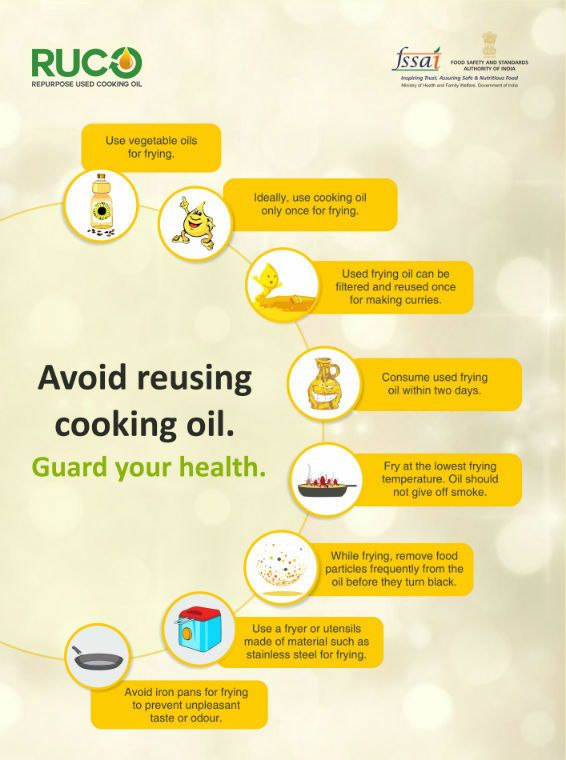Biodiesel is an alternative form of fossil fuel, and it is also known as a clean energy source. It is a renewable substitute for petroleum and safer to handle.
Biodiesel is produced from used cooking oil, vegetable acid oils, and tallow. The process of converting these oils into biodiesel is known as transesterification. And this biodiesel can be used in engines and vehicles.
Biodiesel can easily be blended with petroleum in all proportion. B100, B50, B20, and B5 are some biodiesel blends.
Note: Here, 100,50, 20, and 5 represent the percentage of biodiesel in blending fuel.

Transesterification is the process of converting vegetable oil and animal fat into biodiesel. The three basic ways for biodiesel production are –
BioDiesel takes only low temperature and pressure to produce a 98% conversion yield.
In the BioDiesel production process, the presence of catalyst NaOH (sodium hydroxide) or KOH (potassium hydroxide), Triglyceride reacts with three long-chain alcohol (methanol generally)to form ester and glycerol.
In this reaction, the nature of fatty acids affects the properties of biodiesel.
Due to the by-product of sugar, glycerol is mostly used in pharmaceuticals and cosmetics. Here RME( rape methyl ester ) is the common product of transesterification. It is obtained when rapeseed oil reacted with methanol.
After the reaction, glycerol gets separated from an ester. There are few benefits of transesterification of oil for the engine and vehicles given below.

There are mainly four types of trending blends of biodiesel. They are listed below.
100% biodiesel, B100
50% biodiesel, B50
20% biodiesel, B20
5% biodiesel, B5
They all are hydrocarbon-based diesel. B50 and lower of these are used diesel equipment with only minor modification. However, B100 does not require any modification.
It also reduces the other toxic emission and could also increase nitrogen oxide emissions.

FSSAI generates some guidelines for the handling and disposal of used cooking oil. They are not only for industries but also for household-level users.
Here, a project named RUCO is introduced to collect the collection of inedible oil to transform them into biodiesel oil. This oil also gets blends with vehicle fuel for distribution at the petrol pump.
FSSAI makes some norms for all food business operators to consider from buying UCO. The limit of TPC(total polar compounds) Should be 25%. Above this limit, it is considered unfit for human consumption.
The basic fundamental of FSSAI is EEE Strategy. The Education, Enforcement, and Ecosystem(EEE) strategy focuses on the welfare and healthy life of 130- crore citizens.



Biodiesel is a good alternative for petroleum fuels. It contributes an important role in go green in India. Biodiesel is made up of used cooking oil and a source of renewable energy.
The Indian government has started a new initiative called Green India. The initiative focuses on a pollution-free environment & healthy living for all of us. Biodiesel has so many advantages and a good source of a greener environment. It helps in the reduction of the uses of petroleum or diesel. It is also used as a cleaner for biofuel refineries.
India is fighting with the air quality index (AQI), and it is drastically rising every year, which creates a problem for livelihood. Here, Biodiesel can help in the reduction of greenhouse gases and carbon dioxide in our environment.
There are so many projects running for an eco-friendly environment. Biodiesel and its blending mode are made as fuel to run all types of vehicles.
It is time to switch our lifestyle towards renewable sources for a better and healthy future.

Need help? Contact with our support team from Mon – Sat at 18002702090
Copyright © 2024 www.gebiofuels.in All rights reserved Managed By